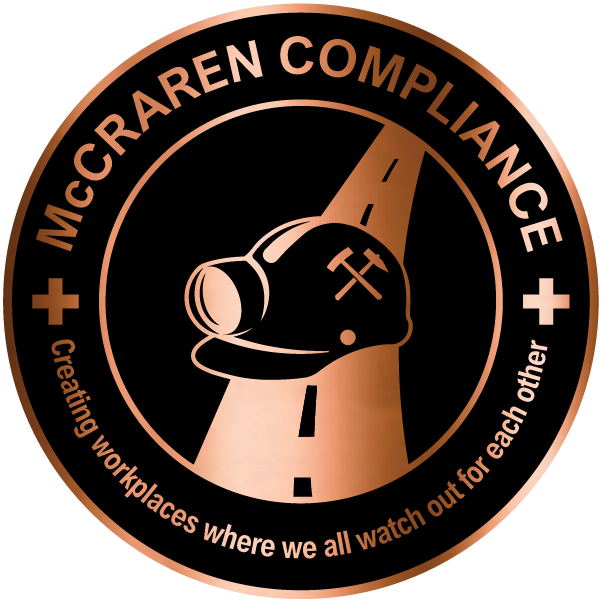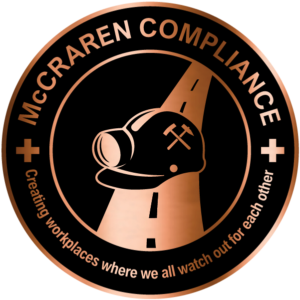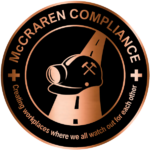
Photo: MoMo Productions/gettyimages
Austin, TX — Poor communication from employers, as well as lack of proper training, has left many people feeling not completely safe at work, according to the results of a recent survey.
For its fourth annual Employee Safety Report, Alert Media, a provider of emergency communication services, surveyed more than 2,000 full-time workers in the United States and 1,000 more in the United Kingdom, asking about their perceptions of workplace safety.
Although 96% of respondents said that being physically safe at work is important to them (with 77% describing it as “extremely important”), 56% indicated that they don’t feel entirely safe in the workplace.
One explanation for such a high percentage: Around 4 out of 5 of the workers (81%) reported experiencing an emergency or safety incident on the job. The most common emergencies were technology disruption, severe weather, transportation and infrastructure disruptions, mental health incidents/emergencies, cybersecurity issues, harassment, crime, and workplace violence.
Twenty-six percent of the workers said their safety fears have “skyrocketed within the last few years.”
Other findings:
- 46% of the workers said they don’t feel completely safe and feel unprepared for an emergency.
- 95% consider mental health important on the job, with 67% describing it as “extremely important.”
- 49% cite high stress levels as a contributing factor for not feeling safe at work.
Poor communication (39%) and inadequate safety training (23%) were cited by the respondents as the top reasons why they feel unsafe. The report has five key takeaways for employers:
- Break down barriers to reporting. Create anonymous and straightforward channels for employees to report safety concerns without fear of retaliation.
- Integrate mental health support. Weave mental health support into your safety framework by offering resources such as counseling services, stress management training and access to employee assistance programs.
- Incorporate employee feedback on safety initiatives. Actively seek and integrate employee opinions into safety initiatives to ensure they reflect real-world needs and concerns.
- Prioritize strategic and timely communication. Ensure critical information reaches everyone quickly and clearly.
- Build a culture of safety and transparency. Emphasize accountability at all levels of the organization. Celebrate safety milestones, openly address challenges, and ensure leadership models the behaviors and values it expects from employees.
“Addressing these challenges and fostering a culture of safety built on trust, communication, and employee support benefit both employees and organizations, creating a more resilient, productive and empowered workforce,” the report states.
McCraren Compliance offers many opportunities in safety training to help circumvent accidents. Please take a moment to visit our calendar of classes to see what we can do to help your safety measures from training to consulting.
Original article published by Safety+Health an NSC publication


